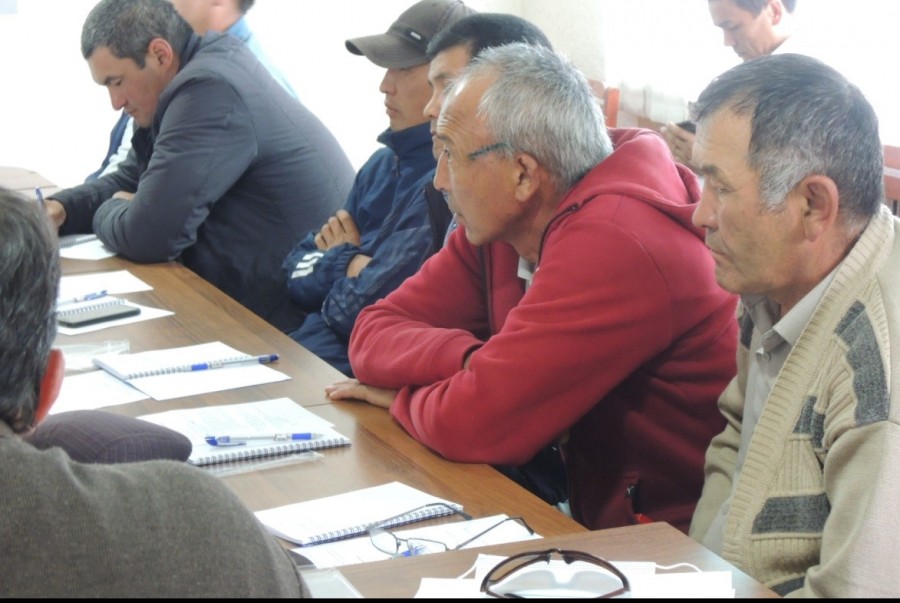
The project was implemented in three phases. The first involved the social mobilisation of communities. This process was launched with a broad information campaign among the management and staff of forestry enterprises, regional, district administrations, aiyl okmotus and settlements bordering the forestry enterprises. At the meetings the consortium consultants explained the goals, objectives and mechanisms of the project implementation. The information campaign reached 6,362 people (4,379 men and 1,983 women).
During the second phase, project participants were supported in developing and implementing Integrated Natural Resource Management (INRM) plans. In particular, needs were assessed, prioritised, available resources and capacities of the leskhoz were analysed and the investments needed for further development were identified.
The third stage was devoted to the development of an IRPMP, taking into account the matrix of strategic investment needs and budgets, as well as the creation of plans for monitoring and evaluating the implementation of the IRPMP.
The project aimed to (1) support an ecosystem-based approach to improve management in areas controlled by forestry, including forested land, pastures, unproductive and low-productive land; (2) strengthen the capacity of public institutions and communities through the introduction of integrated natural resource management planning, providing investments for ecosystem restoration and infrastructure.
As a result of intensive project activities, within six months, forestry and local communities with the assistance of the consortium consultants have developed 119 sub-projects and 84 micro-projects aimed at the development and restoration of forest ecosystems and infrastructure. The developed applications were submitted for review and approval by the Coordination and Advisory Council with the participation of representatives of the State Agency for Environmental Protection and Forestry of the Kyrgyz Republic, consulting and donor organizations.
The plans for integrated use and management of natural resources were also widely discussed in all the villages bordering the pilot leskhoz area, with the participation of more than 5,750 residents (3,624 men and 2,126 women).